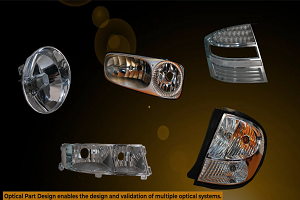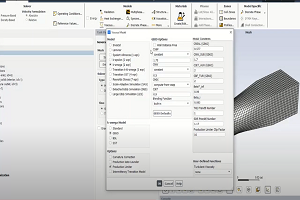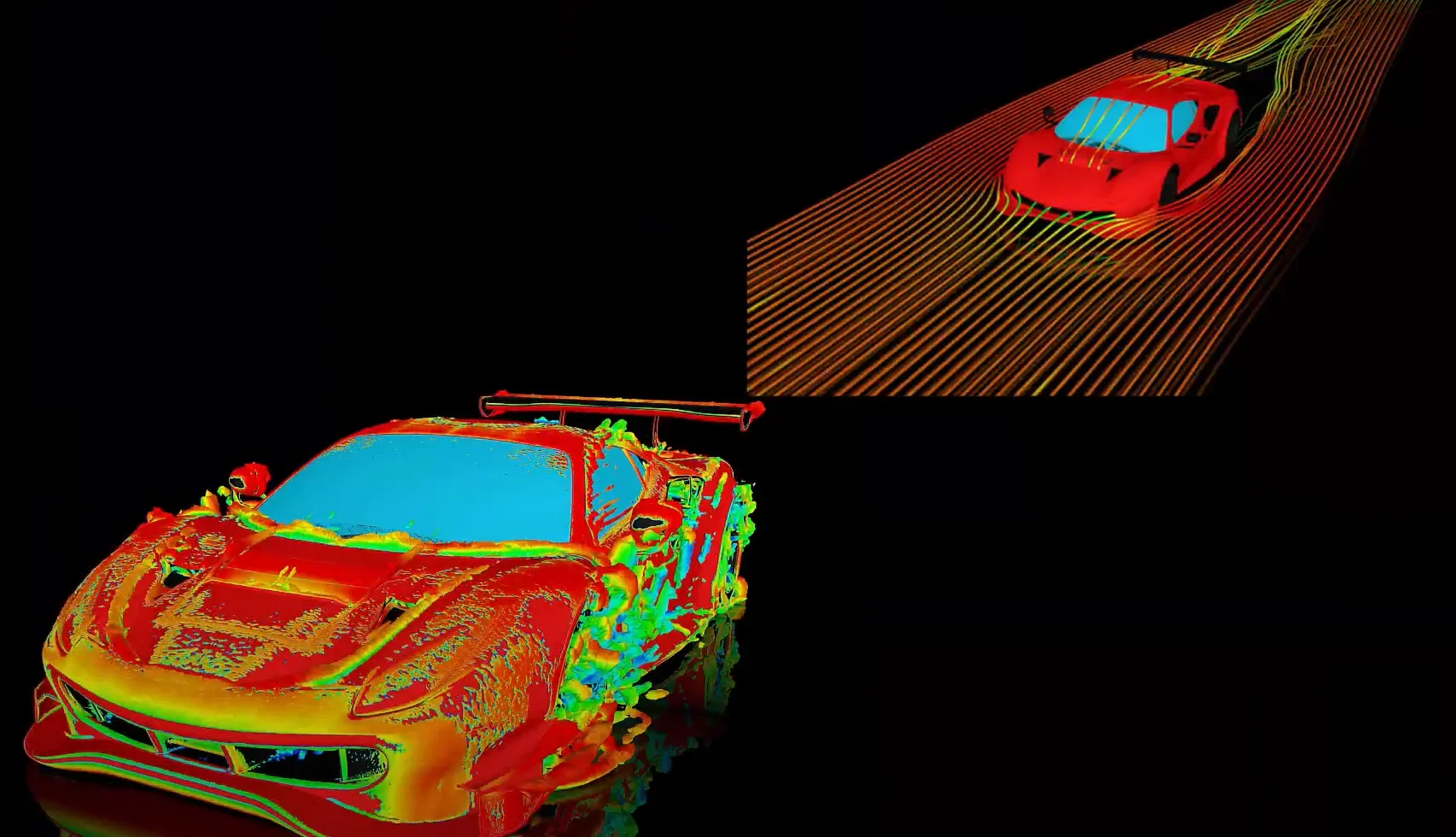Tagged: 16, BCs & Interfaces, fluent, fluid-dynamics, materials, turbulence
-
-
January 25, 2023 at 7:16 am
 FAQParticipant
FAQParticipantThere are cases where user wants to specify velocity-inlet to internal zones. For example, let’s say we have a cylinder completely inside the a box. Assume that the inside of the cylinder is meshed and have cell zone fluid-1, and outside of the cylinder is meshed with cell zone fluid-2. The inlet and outlet of the pipe is an interior type and are named interior-5, and interior-6, respectively. There is node-connectivity between fluid-1 and fluid-2 at all the boundary zones of the pipe. We know the velocity of the fluid entering. Also, the fluid of the pipe does not mix with the fluid outside at the outlet of the pipe. How to specify velocity inlet to the pipe and make the fluid inside the pipe exit the domain at the outlet? Here is a procedure to accomplish this: 1.Define -> Boundary Condition. Select interior-5 under Zone and select wall on the right column under Type. Click on Yes to change the type. Two internal walls will be created, wall-5 and wall-5-shadow. ID of wall-5 will be the same as the ID of interior-5. These two new walls will be coupled by default and the available types for them are fan, interior, porous-jump, radiator, and wall. 2.A velocity-inlet type for an internal wall does not exist. In order to have types that can be applied on external zones, they need to be split. How to split wall-5 from wall-5-shadow? In the text user interface (TUI), type: /grid/modify-zones/slit-face-zone wall-5. Two additional walls will be created: wall-5, and another wall-###. A message will print on the cortex window which displays which zone is wall-###. These are now two external zones, one is adjacent to fluid-1 and the other is facing fluid-2. To have the fluid entering the pipe, the one which is adjacent to fluid-1 needs to be changed to velocity-inlet type. To find which one is adjacent to fluid-1, you need to visit the boundary condition panel for that zone and look under ‘Adjacent Cell Zone’. 3.Repeat the above procedure to apply pressure-outlet to interior-6.
-


Introducing Ansys Electronics Desktop on Ansys Cloud
The Watch & Learn video article provides an overview of cloud computing from Electronics Desktop and details the product licenses and subscriptions to ANSYS Cloud Service that are...

How to Create a Reflector for a Center High-Mounted Stop Lamp (CHMSL)
This video article demonstrates how to create a reflector for a center high-mounted stop lamp. Optical Part design in Ansys SPEOS enables the design and validation of multiple...

Introducing the GEKO Turbulence Model in Ansys Fluent
The GEKO (GEneralized K-Omega) turbulence model offers a flexible, robust, general-purpose approach to RANS turbulence modeling. Introducing 2 videos: Part 1 provides background information on the model and a...

Postprocessing on Ansys EnSight
This video demonstrates exporting data from Fluent in EnSight Case Gold format, and it reviews the basic postprocessing capabilities of EnSight.

- How to overcome the model information incompatible with incoming mesh error?
- Is there a way to get the volume of a register using expression ?
- Skewness in ANSYS Meshing
- What are the requirements for an axisymmetric analysis?
- What are pressure-based solver vs. density-based solver in FLUENT?
- How to create and execute a FLUENT journal file?
- How to get information about mesh cell count and cell types in Fluent?
- What is a .wbpz file and how can I use it?
- How can I Export and import boxes / Systems from one Workbench Project to another?
- ANSYS Fluent: Introduction to the GEKO Turbulence Model Part I

© 2025 Copyright ANSYS, Inc. All rights reserved.

